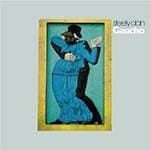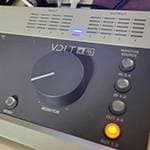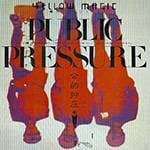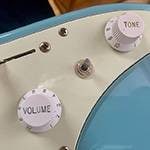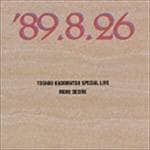Filterscape is a fairly old plug-in among u-he products that has existed since 2004, but was upgraded to version 1.5 in September 2023. The latest technology has been introduced, and the UI, filters, oscillators, etc. have been completely redesigned. Astonishingly, even those who purchased the product 20 years ago can upgrade for free. This is one of the great things about u-he products. They don't abandon their old products and they take care of our old customers as well. Also, the simple licensing method with no admin manager required seems to be user friendly.
It is available for Win, Mac, and Linux and ships with a variety of plugin standard versions. There is also a CLAP version, a new plug-in standard developed by u-he and Bitwig, which is superior in terms of high performance and enhanced functionality. Unfortunately, not many DAWs support it yet, but it is a noteworthy open standard.
Filterscape has been somewhat overshadowed by u-he products. Even now that it has been upgraded, there are still many people who do not have a clear idea of what to use it for. I hope this column will help to dispel some of that awkwardness.
u-he / Filterscape
The Filterscape package contains three independent plug-ins: FX (effects), VA (sound sources), and Q6 (effects). Although they share the common feature of morphing EQ, they are not used in conjunction with each other, so there seems to be little need for them to be sold as a set. u-he may treat FX as the centerpiece and VA and Q6 as extras, and appropriating some of FX's functions. However, I have the impression that this goes beyond that and is too powerful.
FX Effects (Filter, EQ, Delay, LFO, Sequencer)
This is the main player in Filterscape, and stands in a mysterious position of being super powerful but has an unknown use. Since this is basically an effect, it is a plug-in for processing some sound. However, rather than being used for correction, it is a type of effect that actively creates sounds. It may be best described as the filter part of a modular synth. Usually, plug-in synths are all-in-one and do not require a separate filter, but by replacing it with FX, you can create a completely different sound. Filters can also be used for non-synth sounds, but they are less common. However, they work well with electronic instruments such as electric guitars, so you may discover something new by using FX.
VA sound source (subtractive virtual analog synth)
The virtual analog synth sound source has its own EQ built in. It is a synth, so there is no confusion as to what its role is. u-he is an unusually easy-to-understand synth for u-he.
Q6 Effects (Dynamic EQ)
This is basically a dynamic EQ, so it can be used for correction, but it is more focused on active sound creation.
■ Filterscape VA Subtractive Virtual Analog Synth
Here I want to introduce the synth instrument VA. The name VA probably stands for Virtual Analog. As the name suggests, it is a combination of a virtual analog synth sound part and Filterscape's own morphable EQ. The synth part is not an emulation of a specific actual machine, but a generalized subtractive synth. The VA is not too unique, so what you learn should be transferable to other analog synths.
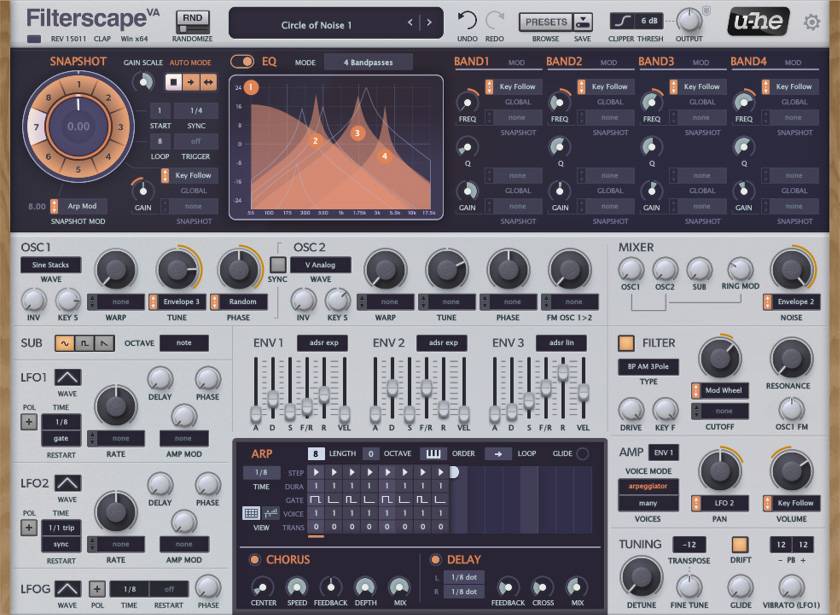
The VA is not as flexible as a modular synth, but it has an easy-to-use structure that is polyphonic, taking cues from pre-wired Minimoog, ARP Odyssey, and others. It is also suitable for learning subtractive synths because it is compact without being too overloaded with features. On the other hand, synths with a huge number of functions or too much flexibility often have high learning costs and the use can get stuck in the work. In that sense, I think VA is about as efficient and well-balanced as you can work with.
UI User Interface
The UI is comfortable, with all parameters, including the arpeggiator and effects, at a glance, thanks to the narrowing down of functions. In terms of area, the EQ has a large proportion, and it can be seen to play a leading role.
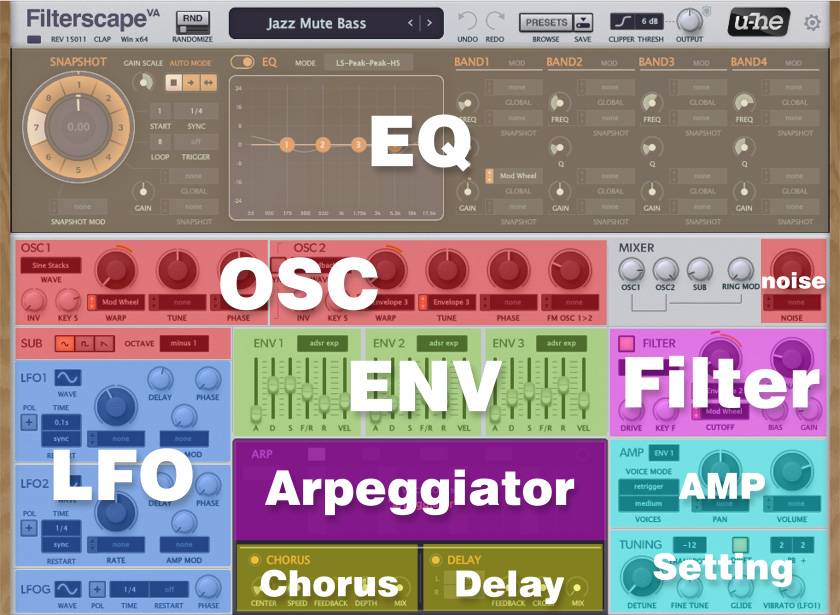
| OSC | 2 | 15 wavetables, Sync, PWM, Ring, FM (cross modulation) |
|---|---|---|
| SUB | 1 | Bass reinforcement oscillator |
| NOISE | 1 | White noise generator |
| LFO | 3 | 2 general-purpose LFOs and 1 global LFO |
| ENV | 3 | ADSR with Fall / Rise time. velocity adjustment is also done here. |
| Filter | 1 | 15 types to choose from Analog emulation |
| EQ | 1 | Unique morphing EQ |
| Arpeggiator | 1 | Zebra-style arpeggiator |
| Chorus | 1 | Chorus that can be handled like a flanger |
| Delay | 1 | Delay for tempo synchronization |
| AMP、Setting | 1 | Basic settings and PAN and level adjustments |
Signal Flow
The monaural signals are mixed from the OSC, SUB, and noise generators, pass through the Filter, and then go to the EQ. It then goes to the AMP, where it is converted to a stereo signal and PAN can be applied. LFOs and ENVs are used to modulate the signal in each block. The arpeggiator acts as a sequencer and outputs the performance data into the VA.
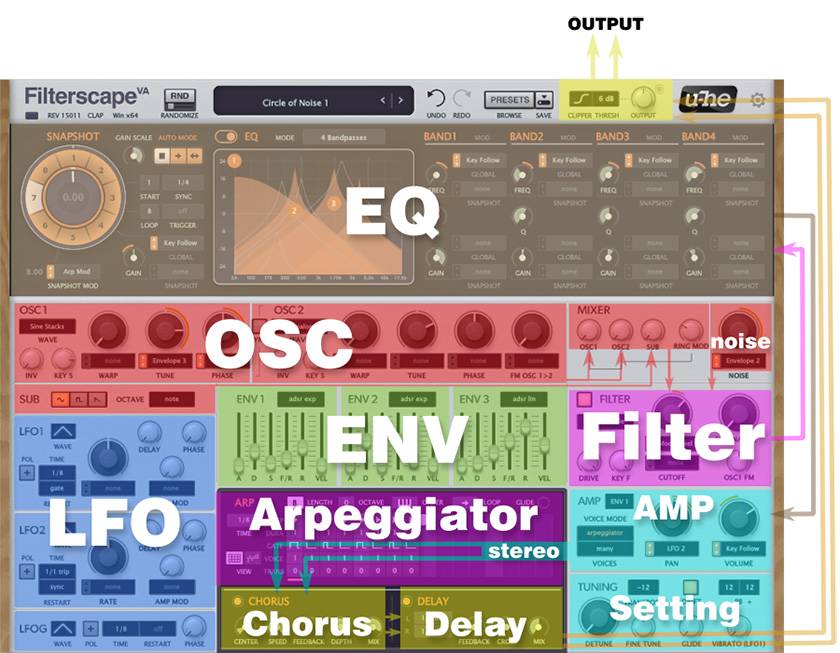
OSC Oscillators
Let's start with the main OSCs that oscillate the sound: VA has two main OSCs, which is equivalent to a standard analog synthesizer. In addition, each OSC has 15 different wavetables that can be switched. This part is more of a digital wavetable synth than an analog synth. Each wavetable consists of several waveforms that transition smoothly. With hard analog circuitry, there is a limit to how smooth the transition can be because each waveform has a different circuit. With digital, those limitations disappear. This is a strength of VA. Both waveforms have an attractive sound that emulates analog waveforms. However, it is not possible to create your own wavetables.

We have made a video so that you can visually check the 15 different wavetables equipped with OSC. In the video, the low A tone 110 Hz rings. Then WARP turns from 0 to 100 to switch frames. Also, the default value is 50, so I paused at that position.
The V Analog at the beginning goes from sawtooth to sine wave and can also be used as a square wave (variable duty ratio) by using INV. This wavetable is easy to use because it covers all the waveforms essential for analog synthesizers. You can achieve most of the analog synth sounds of yesteryear with this alone.
There are other sounds that are difficult to create with V Analog alone, such as organ, robot voice, FM, and hard sounds. By making full use of these, a wide range of sound variations can be created.
SUB Sub Oscillator

This is an oscillator for bass reinforcement that is effective in creating a heavy sound. The waveform types are sine, square, and sawtooth. Compared to the main OSC, it is closer to the ideal waveform. Normally, it uses a note one octave lower, but you can select 0, 1, or 2 octaves lower in the settings.

NOISE Noise Generator
The type of noise is white noise, but the frequency spectrum shows a slight drop in the high frequency range. The noise volume can be modulated independently from the OSC. Its use varies, but it can be used by itself to create sound effects, or in combination with OSC to enhance presence and expressiveness. It is an important generator that is indispensable for creating synth sounds.
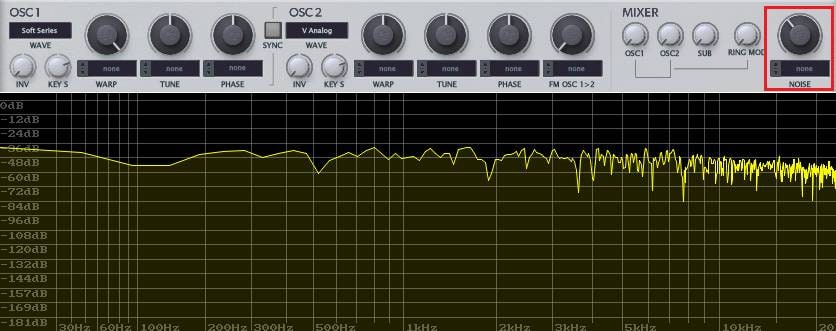
In the next issue, I will introduce the common uses of subtractive analog synthesizers along with explanations of each part.
The “sound & person” column is made up of contributions from you.
For details about contributing, click here.





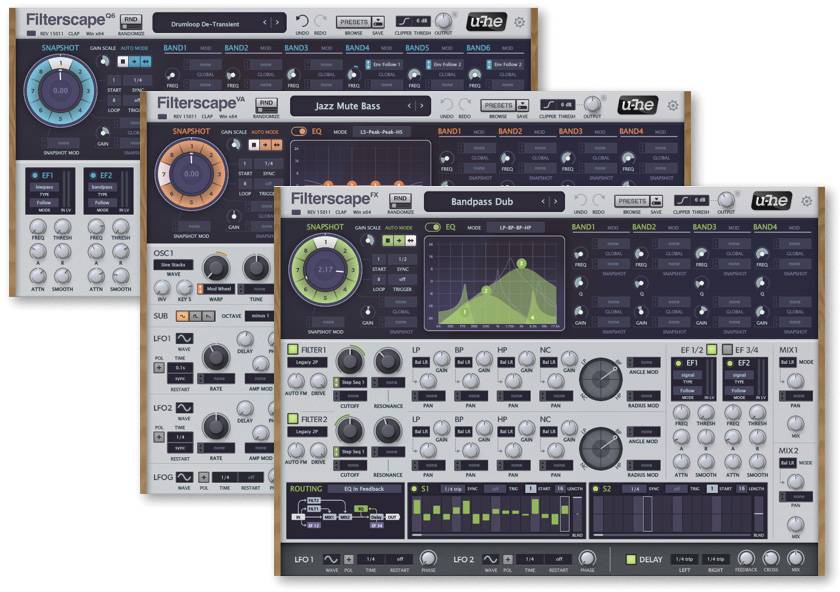

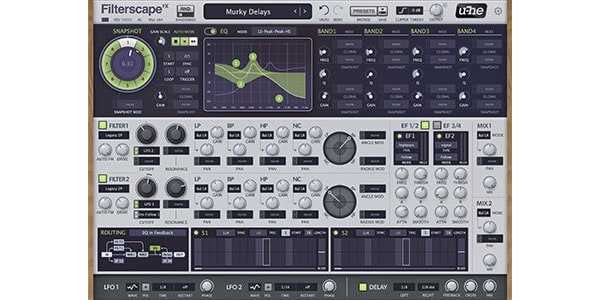

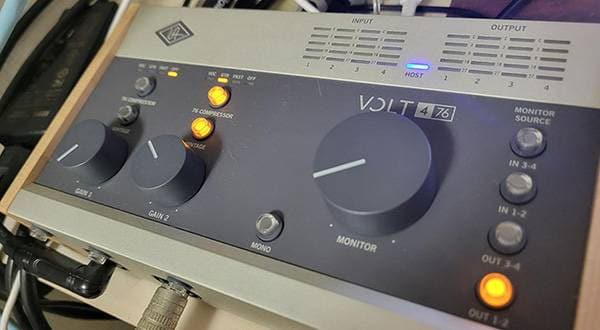
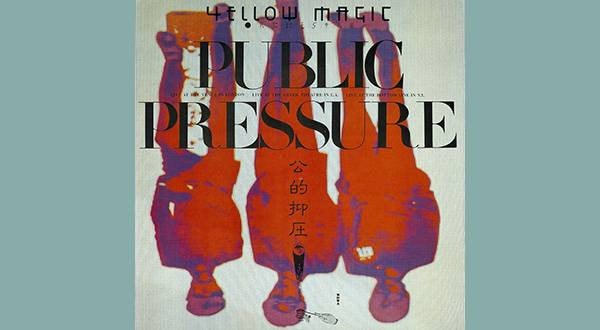
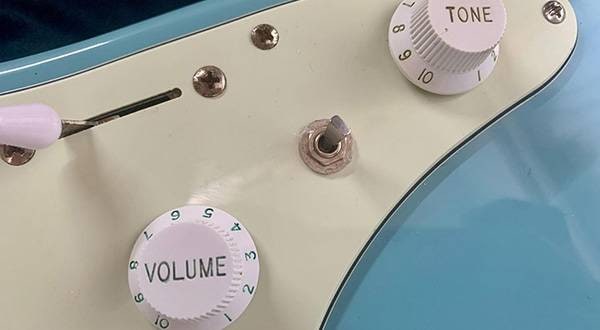
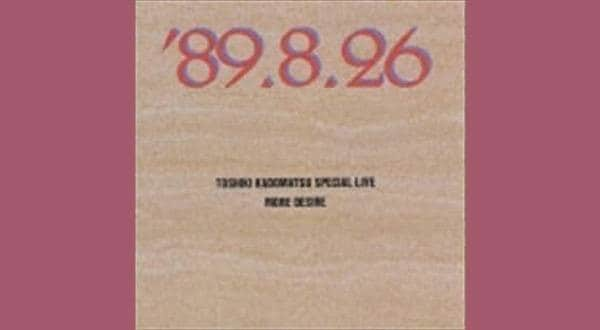
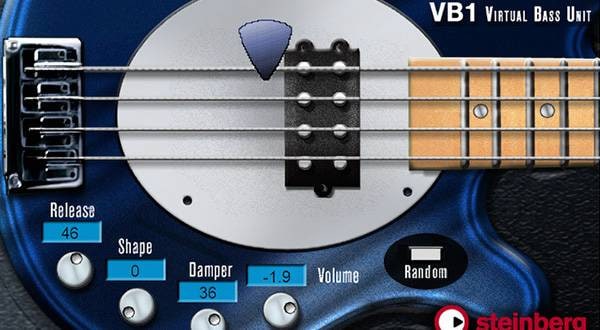
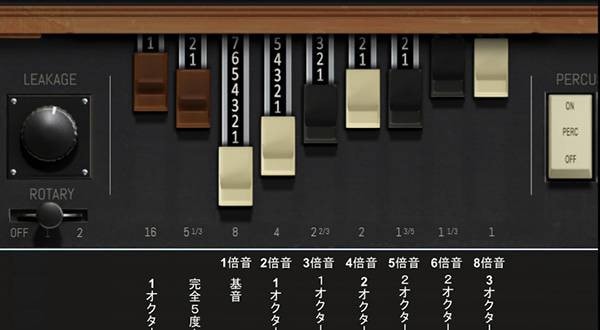

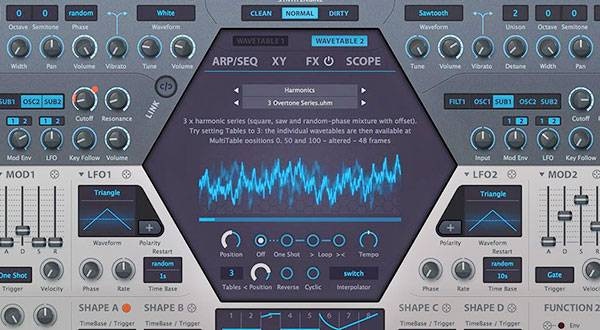
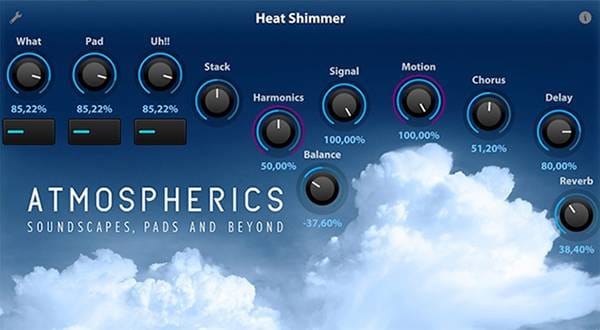
![[2023] Recommended Items for Music Programming - DAW/Software Instruments/Plug-ins](/contents/uploads/thumbs/2/2020/11/20201102_2_11495_1.jpg)
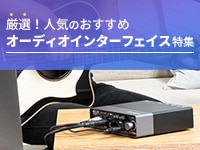 厳選!人気のおすすめオーディオインターフェイス特集
厳選!人気のおすすめオーディオインターフェイス特集
 USB接続対応のMIDIキーボード
USB接続対応のMIDIキーボード
 スタジオモニタースピーカーを選ぶ
スタジオモニタースピーカーを選ぶ
 機能で選ぶ オーディオインターフェイス
機能で選ぶ オーディオインターフェイス
 DTMに必要な機材
DTMに必要な機材
 DTM・DAW購入ガイド
DTM・DAW購入ガイド
